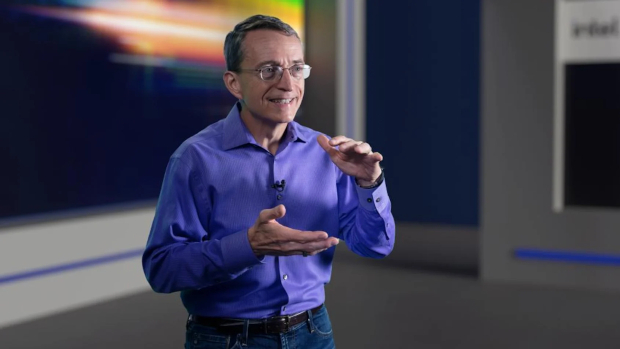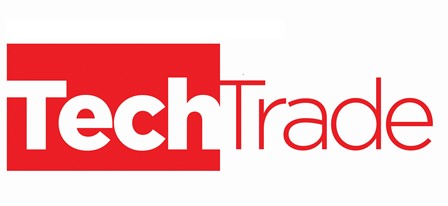
Intel’s four-year roadmap kicks off with Amazon, Qualcomm chip deals
Intel’s newly established foundry business has secured a contract to develop chips for Qualcomm and Amazon as the ailing US chipmaker seeks to make up for ground that it lost to key competitors last year.
The chipmaking giant lost ground to the likes of TSMC and Samsung in 2020, whose technologies have helped fuel the rise of AMD and Nvidia, with both their reputations and quality of hardware eclipsing Intel’s efforts.
Nvidia, for instance, replaced Intel as the most valuable US chipmaker last July, while Intel was also hampered by crucial delays to production, allowing AMD to beat it to the punch with the release of a 7nm process.
Now, Intel’s CEO Pat Gelsinger (pictured) has set a 2025 target for when the company hopes to regain the industry lead, in an interview with Reuters, as the firm looks to build on its IDM 2.0 strategy announced in March.
Intel’s four-year roadmap relies heavily on the recently established $20 billion foundry business, as well as a series of new technologies that it’ll integrate into chip making. Intel will be buoyed, too, by arrangements with Qualcomm and Amazon, which have become two of its first major customers.
Qualcomm will soon begin using Intel’s 20A 5nm chipmaking process to advance its dominance in the mobile CPU market. This 20A process comprises new transistor technology that’ll reduce the power consumption of mobile CPUs.
Amazon, meanwhile, will integrate Intel’s new packaging technology into its process for building data centre chips for AWS. Packaging technology is the process of assembling tiles by stacking them in a 3D formation.
Beyond these arrangements, Intel is also hoping to integrate five chipmaking technologies into design processes over the coming years.
The most advanced of the five is Intel’s first new design for a transistor in ten years. From 2025, Intel will also tap into machines from Dutch firm ASML that use extreme ultraviolet (EUV) lithography. This projects chip designs onto silicon in a way that’s similar to printing a photograph.
The nomenclature for chipmaking technology will also change to align closer with the names TSMC and Samsung use to market their own technologies.
The next processor to emerge will be Intel 7, which delivers increases of up to 15% performance-per-watt versus the 10nm SuperFin technology. This will be based on FinFET transistor optimisations, and is set to feature in Alder Lake and Sapphire Rapids CPUs from next year.
Intel 4, which will embrace ASML’s technology, will be ready for production in the second half of 2022 for products shipping in 2023, including Meteor Lake for client and Granite Rapids for data centre chips.
This will be followed by Intel 3, which takes further advantage of the FinFET technology and EUV lithography to deliver roughly 18% higher performance-per-watt over Intel 4.
Intel 20A, set to be used by Qualcomm, will use two breakthrough technologies known as RibbonFET and PowerVia. The first of the two is Intel’s gate-all-around transistor – the first transistor architecture designed since FinFET in 2011 – while PowerVia is Intel’s industry-first implementation of backside power delivery.
Finally, in 2025 and beyond, Intel will design the 18A process, which will feature refinements to RibbonFET to deliver another major leap in performance.
Intel only recently announced a relatively modest outlook in terms of revenue for the rest of the year, expecting full-year 2021 revenue to grow by 1% versus 2020. Its revenue for the second quarter of the year only rose by 2% year-on-year.
Ⓒ Future Publishing
Like what you see?

Ireland’s ONLY dedicated news feed for the distribution and retail channel.
Our editorial mix includes channel news, trend analysis, Deals Done, regular ‘Channel Chat’ interviews and strategic product focuses. This is a vital medium through which the technology channel can network and identify new business opportunities.
Want more?







Subscribers 0
Fans 0
Followers 0
Followers